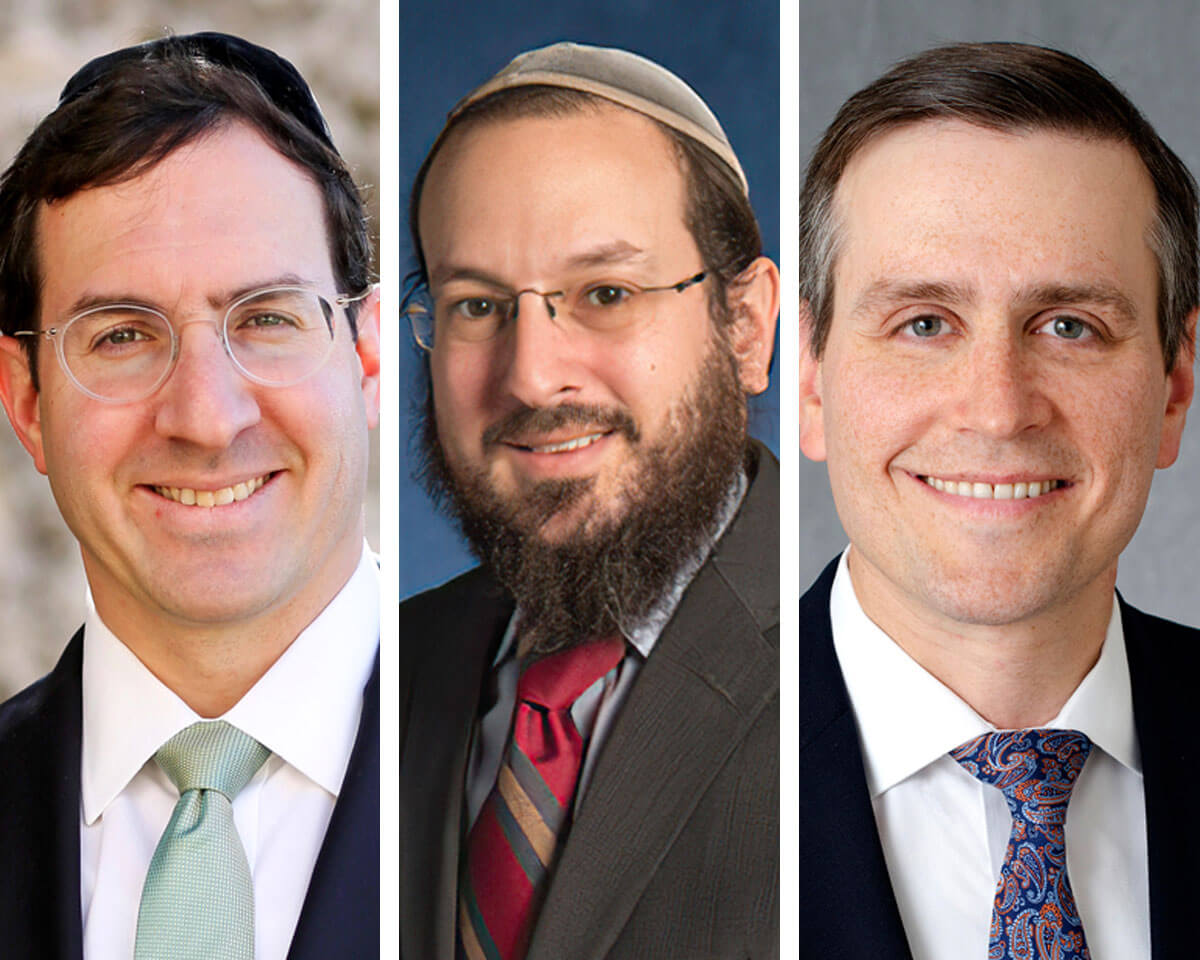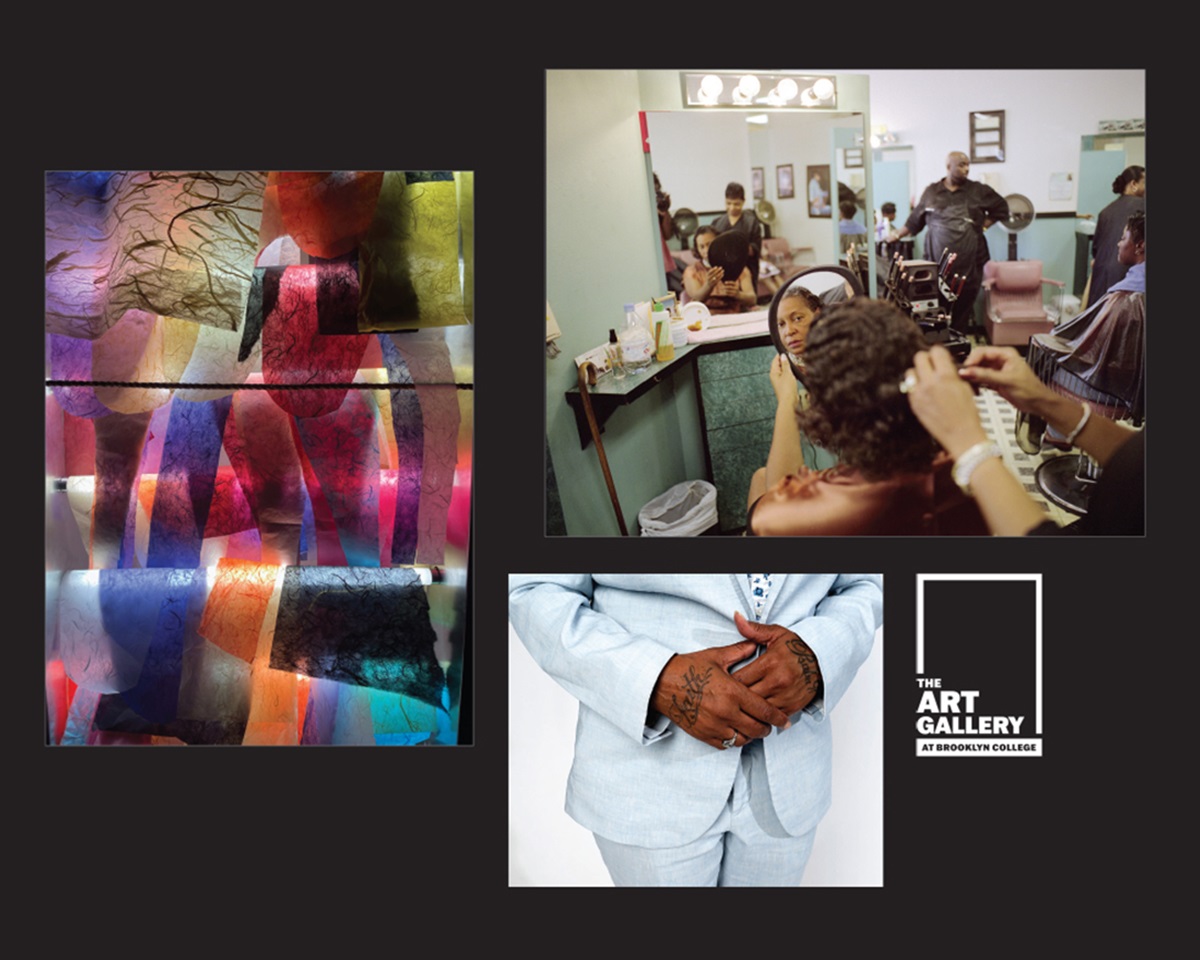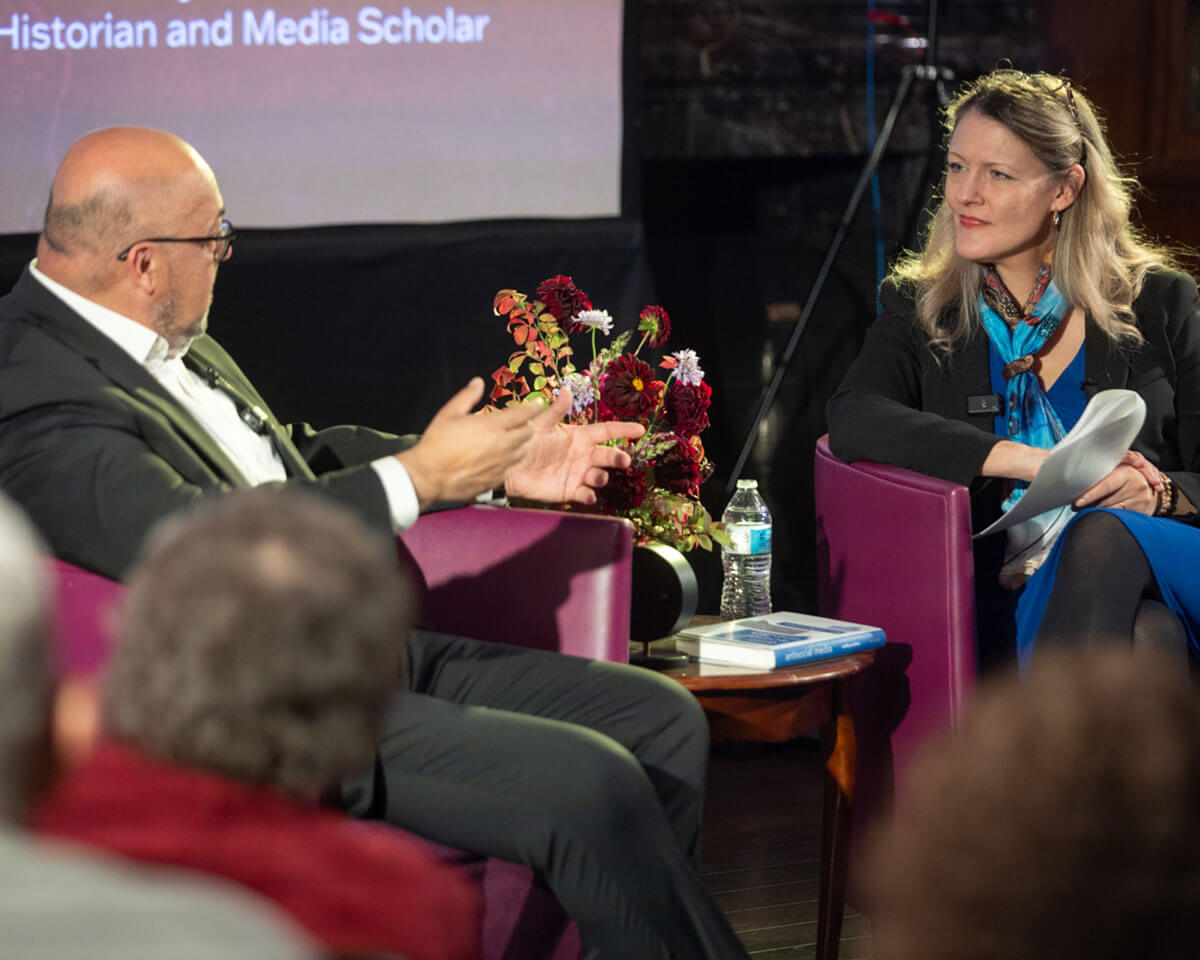Drs. Israel Zyskind ’99, Avi Rosenberg ’01, and Jonathan Silverberg ’01 have fond memories of hanging out together on the second floor of Boylan Hall and in a botany lab in Ingersoll Hall. They all were members of the Orthodox Jewish community, all aspired to be doctors, and all had a penchant for taking more than a full load of classes each semester, a shared focus and ambitiousness that foreshadowed their future successes.
Zyskind became a pediatrician with a robust practice in Borough Park, Brooklyn; Rosenberg, a renal pathologist and physician-scientist at the Johns Hopkins University School of Medicine; and Silverberg, a professor of dermatology at The George Washington University School of Medicine and Health Sciences.
They stayed loosely connected after leaving Brooklyn College, but life got busy fast and the trio lost touch. Then the COVID-19 pandemic hit. Hasidic communities were seeing some of the first big spikes of cases.
Zyskind was practicing in a neighborhood that, early on, was one of the hardest hit in New York City. Rosenberg—who, like many scientists, saw his lab transform into one for COVID-19 research—had been active with an international group of doctors of his faith who had been worriedly putting their heads together.
“A few phone calls were made among us,” recalls Zyskind, noting that the urgency of the pandemic left little time for them to catch up. “It was: ‘How many kids you got now? Seven. Great. How is your wife? Great? Good. Now what are we doing about COVID?”
The three decided to pool their considerable medical knowledge, scientific contacts, and deep ties with their Orthodox community to organize blood drives that collected 10,000 serum samples and self-reported symptoms from Orthodox Jews in 12 states. Those samples went on to have a life of their own, not only forming the basis for research on which the three collaborated, but also contributing to scholarship at top virology labs around the world, including those at Harvard University, the Massachusetts Institute of Technology, the University of California at Los Angeles, and the University of Pennsylvania.
In one of their papers published in March 2021 in the Journal of the American Medical Association—the trio has so far published two manuscripts using the data they collected and have three others currently under peer review—they confirmed COVID-19 spikes around the Purim holiday, which came in early March 2020, just before most of the country went on lockdown. During Purim, Jews typically eat and celebrate together, participate in public readings, and attend synagogue. In the doctors’ conclusion they recommend further research to clarify optimal government policies and culturally sensitive communications.
Another paper by scholars at Johns Hopkins who used the data discovered that COVID-19 survivors may also develop some immunity to other diseases, a finding that had not been previously reported. There are at least four to five other manuscripts currently being peer reviewed that used samples from the cohort. The three got calls about their data from prestigious medical institutions like the National Institutes of Health, the Centers for Disease Control, and the Mayo Clinic.
They say they are most proud of a grassroots effort that was completely unfunded outside of human volunteers.
“One of the greatest ideals from a research and collaboration standpoint is this idea of community participatory research,” says Rosenberg. “But it’s so hard to pull off. The medical community speaks a different language than the rest of the world, and to be able to harmonize and bring that together across so many different regions is almost unheard of. This was done with blood, sweat, and tears.”
“Sometimes you need critical moments like COVID to bring you back together,” says Silverberg. “This has been an opportunity to contribute to science, and to learn from our experiences to change the course of suffering in other communities.”
Return to the BC Magazine



